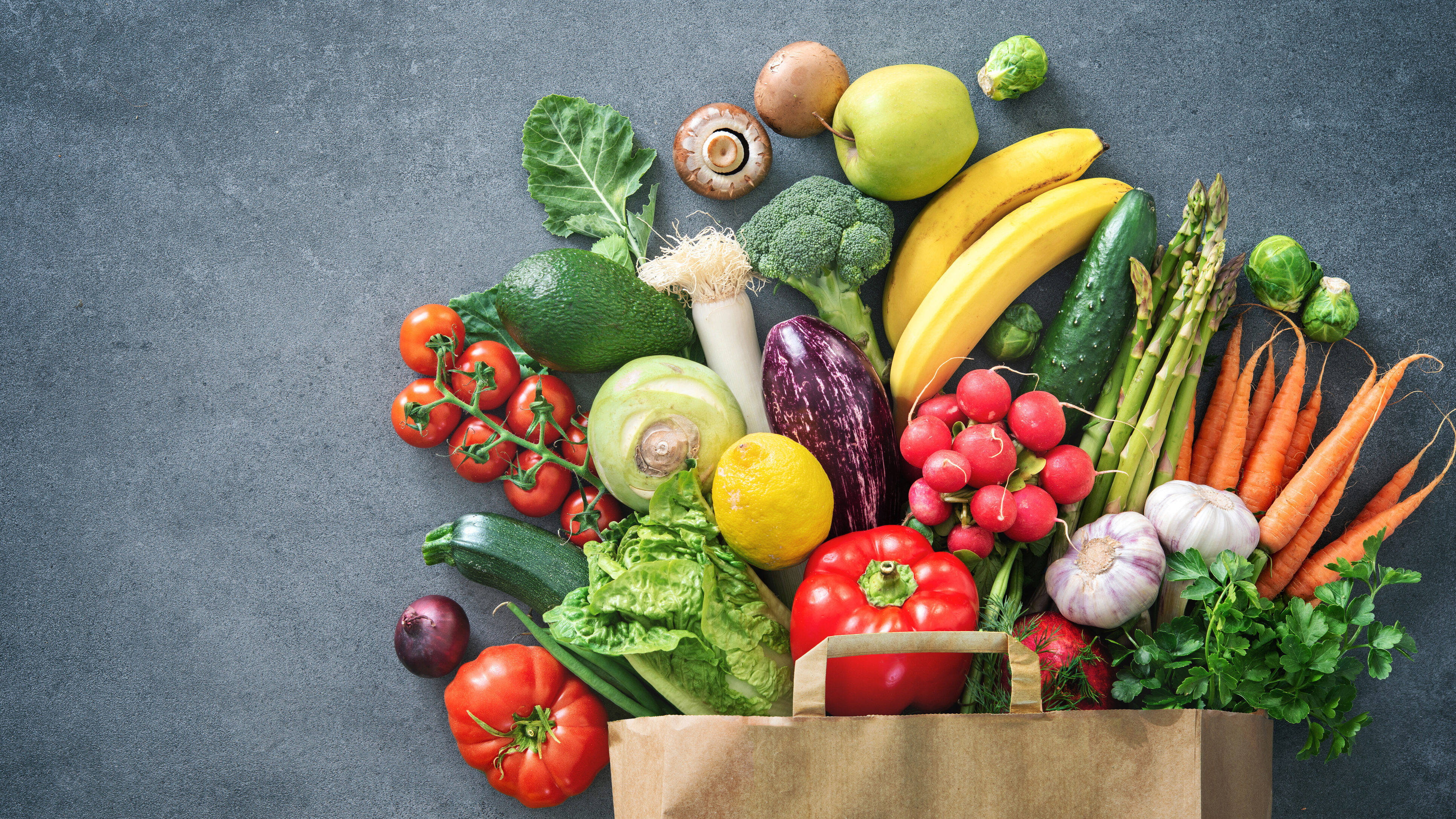
In this series, we ask dietitians across Canada to answer your questions on nutrition and dietary support. We recently spoke with Mun Cho, a registered dietitian and food allergy mom of two based in Ontario.
This month, Mun answers a question on oral allergy syndrome (OAS), also known as pollen food allergy syndrome (PFAS).

I’ve been diagnosed with OAS/PFAS. What do I need to think about from a dietary perspective?
With OAS or PFAS, the proteins in certain fresh fruits, vegetables and tree nuts are similar to those in pollens, and this “cross-reactivity” can cause allergic symptoms like itchiness of the mouth and throat.
Here are examples of possible pollen and food cross-reactivities:
- Birch (spring) – apple, apricot, cherry, peach, pear, plum, kiwi, carrot, celery, parsley, peanut, soybean, almond and hazelnut
- Timothy & Orchard grass (summer) – peach, watermelon, orange, tomato and white potato
- Ragweed (late summer to fall) – cantaloupe, honeydew, watermelon, banana, cucumber, white potato and zucchini
- Mugwort (fall) – bell pepper, broccoli, cabbage, cauliflower, chard, garlic, onion, parsley, anise, caraway, coriander, fennel and black pepper
Some additional examples can be found here.
Things to keep in mind:
Someone with OAS may react to one or several foods in the same group. You do not necessarily have to avoid all foods that can cross-react if you can eat them without symptoms. If you have OAS to apples, for example, you can still eat pears if they do not cause problems. You may experience worse symptoms during allergy season. If you have a ragweed allergy, you may find that bananas are more problematic during the fall (ragweed season) than spring, as an example.
Tips on managing OAS and your diet:
- Avoid eating the foods raw
- Cooking or heating generally destroys the proteins that cause OAS (e.g. raw apples may cause itching of the throat but not apples in a baked pie)
- Consider canned fruit, the canned version may be better tolerated than its raw counterpart (e.g. canned peaches vs. raw peaches)
- Peeling the offending fruit or vegetable before eating may be helpful, as the protein triggering OAS is often concentrated in the skin
- Pay attention to the variety of a fruit that contributes to symptoms (e.g. some may only react to a certain type of apple and not to another)
- Keep a food journal to help you better understand what you’re able to eat safely
Many with OAS are able to manage quite well from a dietary perspective. If yours is limiting the variety of foods that you enjoy, a Registered Dietitian may be able to help.
Learn more
Do you have a question you’d like to ask a dietitian in the months to come? If so, please send it along to us at info@foodallergycanada.ca. Please note: The dietitians featured in this series answer questions on general topics, please talk to your doctor if you have questions about your own health or the health of your child.


